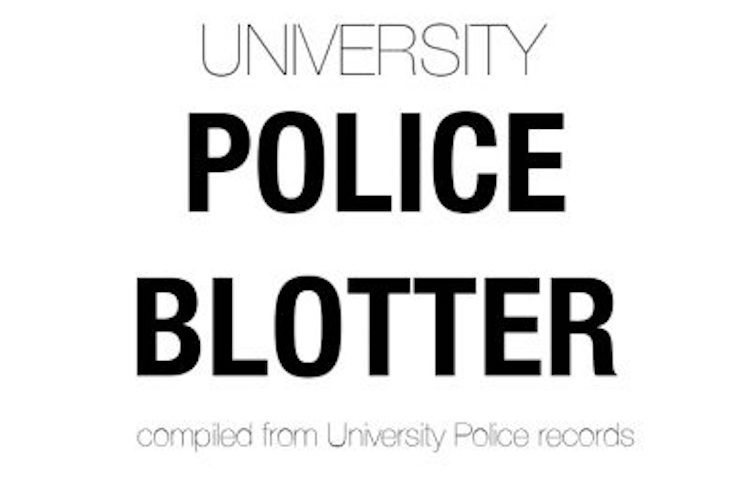The recent release of a report from the Wisconsin Division of Public Health updating the prevalence of AIDS and HIV in Wisconsin reveals an increase in cases.
The number of HIV cases reported in Wisconsin peaked in 1993 and overall has been on the decline until 2001, when it started to increase again.
Among other data collected, there were 417 new cases of HIV infection reported in 2004, which is the highest number in Wisconsin since 1997. According to the report, the 24 percent increase can be linked to an increase among men who have sex with men (MSM).
Among other men, reported cases decreased by 11 percent and by 8 percent among women.
Between 2000 and 2004, roughly two-and-one-half cases of HIV infection were reported among MSM for every one case reported by people involved with high-risk heterosexual activity.
The “face” of HIV infection remains predominately male. Also, people are usually diagnosed with the disease in their late 20s and 30s, but they most likely contract it in their late teens and 20s.
The report also refers to HIV’s disproportionate effect on different racial groups. Between 2000 and 2004, the average annual rate of reported HIV infection per 100,000 people in Wisconsin by race and ethnicity shows a pronounced disparity.
Out of every 100,000 people in the given racial population, 3.8 percent of infected people were white, 48.6 percent were African American, 24.9 percent were Hispanic, 7.3 percent were American Indian and 3.1 percent were Asian or Pacific Islanders.
As the HIV epidemic evolves, disproportional numbers of cases continue to exist within racial minority groups.
The report stated it is important to look at the apparent recent increase of reported cases of HIV infection with a critical eye.
“Thus, it is possible that some part of the increase in reported cases may be attributed to an increase in HIV testing among persons in high-risk groups,” the report stated.
John Welch, a prevention specialist at the AIDS Resource Center of Wisconsin, 505 S. Dewey St., said they definitely have seen an increase in numbers of people tested for HIV over the last year.
“One of the reasons people have started being tested is that there is no longer a wait of two weeks for results,” he said. “We have a new system called Oraquick, where they only have to wait for 20 minutes for results.”
Laura Chellman, director of Health Services, said they have Oraquick as a form of HIV testing as well.
“Health Services provides two types of testing, confidential and anonymous testing,” she said.
Confidential testing places a person’s name on the test, but it is kept confidential and the results can’t be released without permission, Chellman said. Anonymous testing is the same test, expect no names or records are kept by Health Services.
Senior Marissa Klousie said she thinks education is a partial cause for the increase in HIV testing.
“All over Madison there are billboards up about the positives of getting tested,” she said.
Welch said people of all ages come in for testing, which can range anywhere from 14 to 70.
About 10 years ago, a huge campaign developed to inform people about HIV testing, Klousie said. Since then, there hasn’t been much emphasis on getting tested.
“With more recent abstinence-only programs,” she said, “places like Planned Parenthood and the AIDS Resource Center of Wisconsin are seeing that this information about protecting yourself needs to get out there through media.”
The report stated it is crucial to understand the trends of the HIV infection to understand the epidemic.
– The 2005 AIDS/HIV Wisconsin update report from the Department of Health and Family Services contributed to this article.






